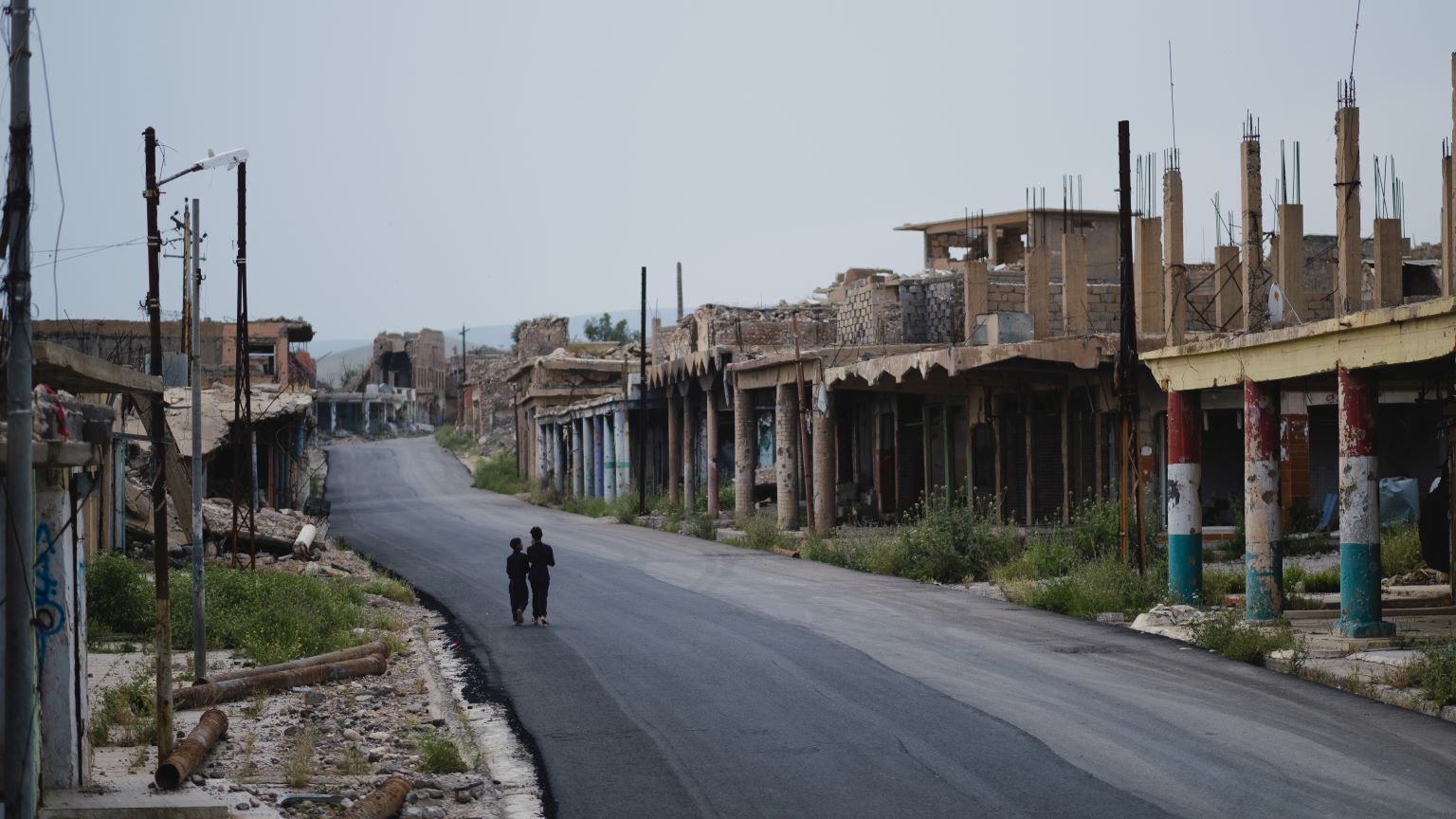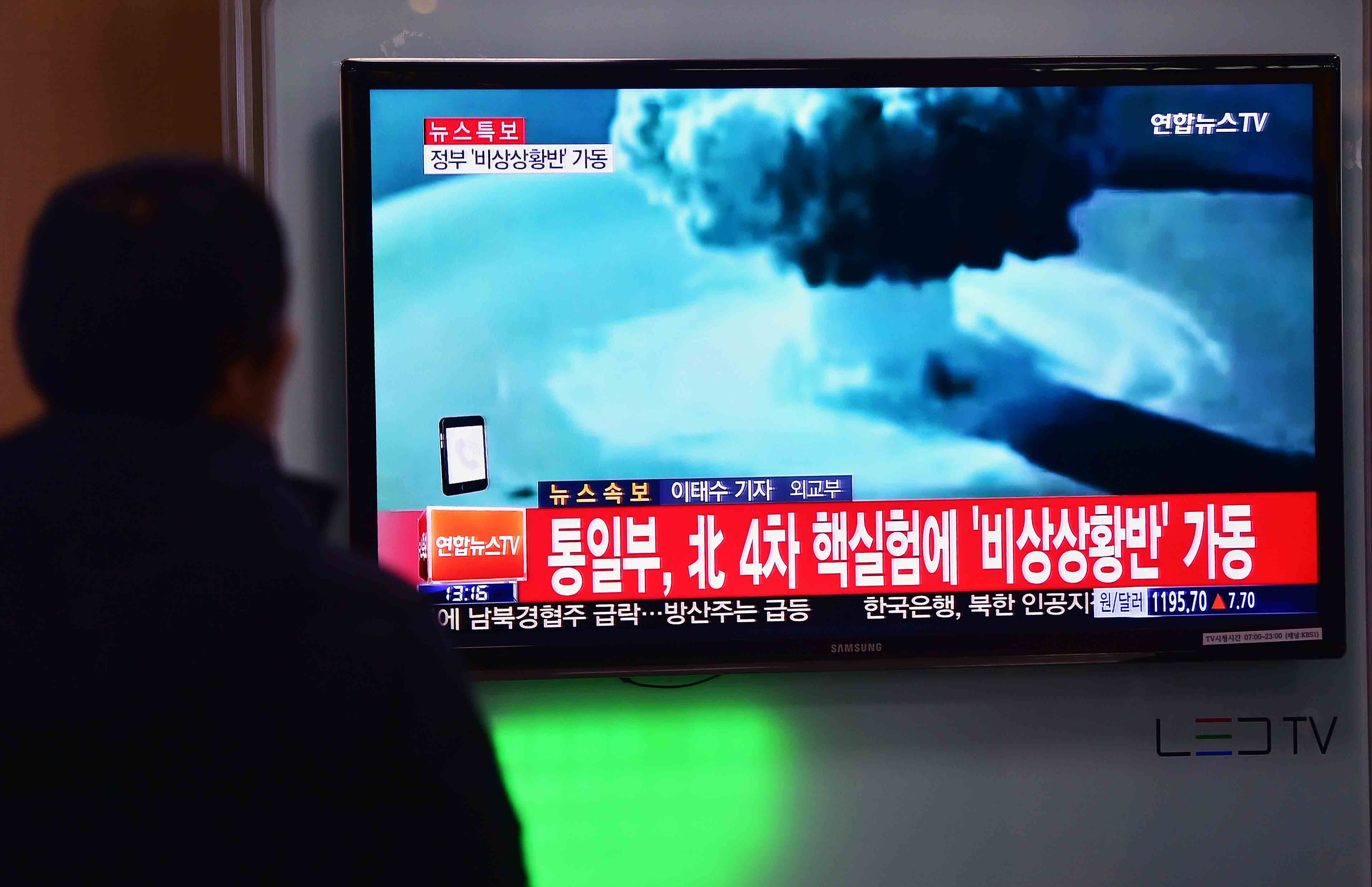Take Two in Marib?
A little over seven years ago, an unmanned US drone killed the head of al-Qaeda in Yemen, Abu ‘Ali al-Harithi, and with his death it effectively destroyed al-Qaeda in the country. The organization limped along for another year, but it never represented the same type of threat as it did under al-Harithi.
Now, people in Marib are afraid that they might be about to witness a repeat performance and Mareb Press is running with reports of US drones flying over Marib.
I have already talked about “Take Two in Marib” in a piece I wrote for the CTC Sentinel, comparing the Battle of Marib in 2009 with a similar event in December 2001, but it now appears as though I didn’t take the comparison far enough
Here is an excerpt:
“In many ways, the Battle of Marib and the events leading up to it were eerily similar to another series of incidents eight years earlier. In that case, President George W. Bush pressured Salih to arrest three al-Qa`ida members during a November 2001 visit to Washington. The ensuing operation in Marib by Yemeni Special Forces was a disaster. The target of the attack, Abu Ali al-Harithi, escaped along with a comrade, while local tribesmen took several Yemeni soldiers hostage. Tribal mediators later secured the release of the soldiers, but not before the government was warned against a heavy footprint in Marib. Al-Harithi was killed less than a year later by a U.S. unmanned aerial drone.
Yet this is not 2001, and Yemen is less inclined toward seeing U.S. priorities as its own. It has other security problems—a civil war in the north and calls for secession in the south—that it deems more pressing than the al-Qa`ida threat. Moreover, it has learned that the United States and its allies can be inconsistent when it comes to rewarding risk.”
But to really get into this, I think it is beneficial to look at a side-by-side (well not literally, I’m not that blog savvy) comparison.
2001-2002
November 2001: President Salih travels to Washington to meet with President Bush and to express his commitment to the “war on terror.” President Bush gives him a list of names of al-Qaeda suspects in the country and suggests that this might be a good way to demonstrate his committment.
December 2001: The Yemeni military carries out a raid on a village in Marib where two al-Qaeda suspects, including al-Harithi, are believed to be hiding. The battle goes poorly and the two suspects escape out the back, while Yemen loses a number of men killed and captured by tribesmen who offered the al-Qaeda suspects refuge.
October 2002: NY Times reports on US flying unmanned drones over Yemen.
November 2002: US Predator drone kills Abu ‘Ali al-Harithi and his companions in Marib.
2009-?
July 26, 2009: General David Petraeus visits Yemen to announce US increase in aid and to explain that the US is looking for a significant return on its money, which means that President Salih needs to take the fight to al-Qaeda.
July 30-31, 2009: President Salih dispatches his nephew, ‘Ammar Muhammad, principal deputy in the NSB to Marib to negotiate with some tribal shaykhs for clearance to go after some al-Qaeda suspects. The military makes some mistakes – one truck gets lost, it bombs the wrong house – and it becomes involved in a fire fight with tribesmen. The military loses a number of men killed and captured – seven of whom later show up in an AQAP video entitled “The Battle of Marib.” The al-Qaeda suspect escapes.
December 1, 2009: Mareb Press publishes report on US unmanned drones flying over Marib.
????
I would like to go into more depth on the similarities but sadly much of the fascinating material on the 2001-02 series of events is already written up for a much longer work that is, as they say, in the works.
But I will add one more thing and that is what I was telling a reporter today during a conversation about a different aspect of AQAP, which is that this is not 2002 and if the US thinks that by taking out al-Wahayshi, al-Shihri or al-Raymi it can do what it did when it killed al-Harithi it is sadly mistaken. Al-Qaeda in the Arabian Peninsula will survive the deaths of any one of those individuals and possible the deaths of all three.
Lapsed vigilance by both the US and Yemeni governments have put us in the state we are in today and there is no magic missile answer to ending al-Qaeda in Yemen. It is going to be a long, hard slog.




